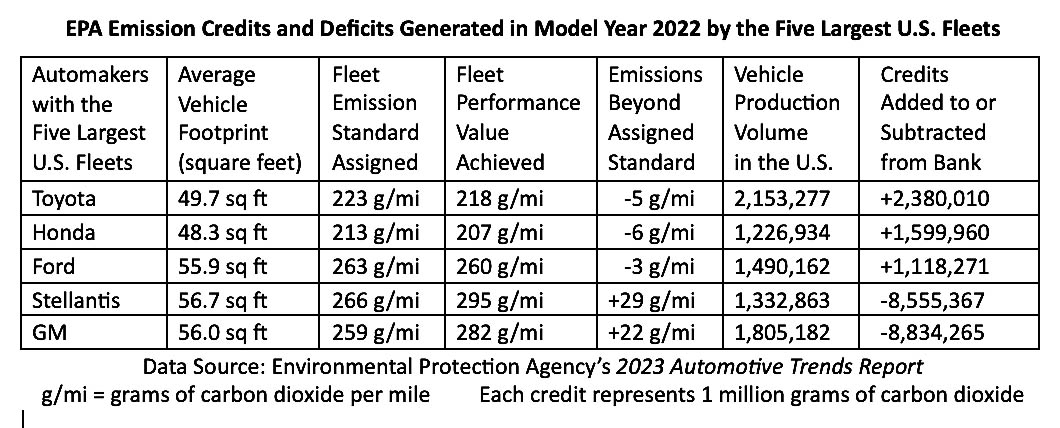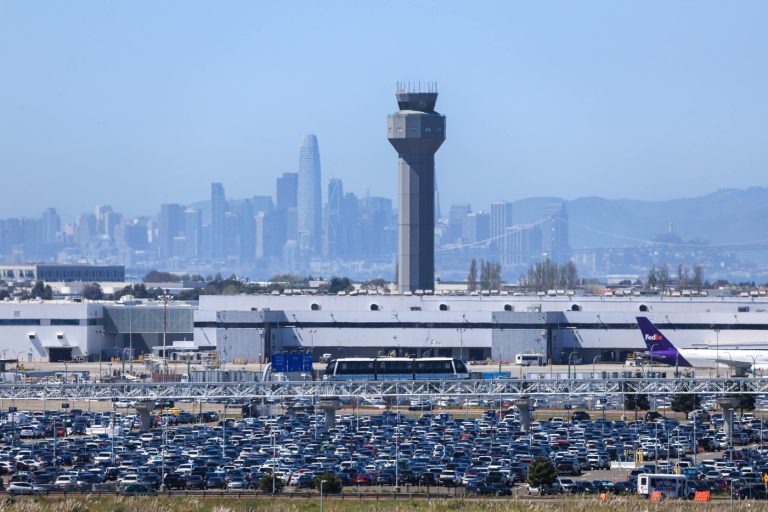Many in the environmental community continue to vilify the Toyota Motor Corporation, portraying the global auto giant as an enemy of electric vehicle adoption. The merciless scapegoating has been triggered by Toyota’s unapologetic defense of its own decarbonization strategy, which acknowledges the value of fully electric vehicles but emphasizes the benefits of a diverse, efficient lineup that matches consumer demand. Toyota has been especially unwilling to disavow the substantial emission reductions delivered by its extraordinary hybrids, and its lobbying in support of hybrid technology is largely responsible for its poor standing with environmental activists. The acrimony is unfortunate, as strong statistical evidence confirms the efficacy of Toyota’s approach. According to the latest data from the Environmental Protection Agency, Toyota’s U.S. fleet delivers more carbon dioxide reductions than any other full-line automaker.
The EPA is responsible for regulating the greenhouse gas emissions of light duty vehicles, holding automakers accountable for the tailpipe emissions generated by their fleets. Statistics from the agency regarding fleet performance are very useful for assessing the environmental prowess of specific automakers and are summarized each year in the agency’s “Automotive Trends Report.” The EPA’s complex regulatory framework culminates each year in the allocation of emission credits to and from the credit banks of individual automakers, and an automaker must avoid persistent deficits to keep its vehicles in compliance. After a model year comes to an end, each automaker is assigned an appropriate fleet standard based on the average size of the vehicles it sold, and its bank is awarded emission credits if that fleet outperformed its standard. If the fleet generated emissions that exceeded its allowable standard, the automaker’s bank loses credits but can maintain a positive balance by using unexpired credits from previous years or purchasing excess credits from other automakers. The credits themselves represent mega grams of carbon dioxide, and the regulatory framework functions as a cap-and-trade system that offers valuable flexibility to automakers while keeping the auto industry’s aggregate carbon dioxide emissions below a predetermined threshold.
The EPA’s “2023 Automotive Trends Report” is available online and summarizes the finalized credit outcomes from 2022. According to the report, Toyota’s light duty fleet had an average footprint size of 49.7 square feet, slightly below the industry average of 51.6, and was assigned a corresponding fleet standard of 223 grams of carbon dioxide per mile (g/mi). The fleet of 2,380,010 vehicles was the largest of any automaker and outperformed its assigned standard by 5 g/mi, generating 2,380,010 emission credits. Toyota’s credit bonanza was considerably higher than any other full-line automaker, reflecting both the efficiency and the enormity of its 2022 fleet. Honda’s frugal second place fleet of 1,226,934 vehicles beat its assigned standard by 6 g/mi and garnered 1,599,960 credits. Since 2009, Toyota and Honda have earned far more emission credits than other full-line automakers, raking in over 100 million credits each.
Toyota’s relentless critics ignore its commendable track record, judging automakers by their professed enthusiasm for fully electric vehicles. The EPA’s dispassionate statistics suggest a more favorable judgment, validating Toyota’s unwavering support for a diverse, efficient lineup that includes state-of-the-art hybrids.












